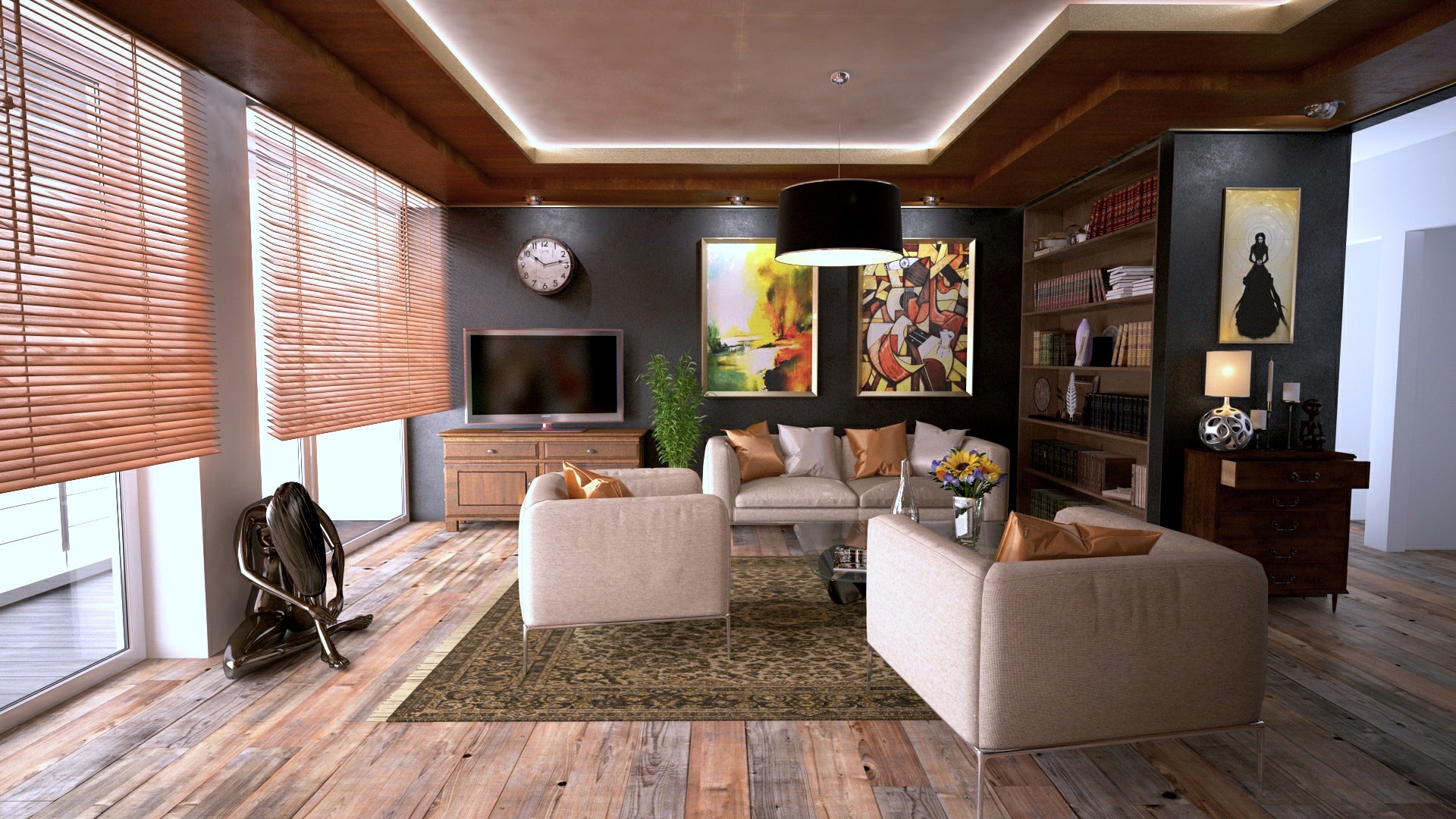Calacatta marble, a name that resonates with elegance and timelessness, has long been cherished as a symbol of luxury in the world of architecture and interior design. Its timeless appeal, marked by exquisite patterns and pristine white shades, has made it a top choice for creating spaces that exude opulence and sophistication. In this article, we embark on a journey through the captivating world of Calacatta marble slabs, exploring their origins, unique characteristics, applications, and the enchantment they bring to any environment.
Unveiling the Origins: Where Calacatta Marble Hails From
Calacatta marble, often mistaken for Carrara marble due to its shared Italian heritage, is quarried primarily in the Carrara region of Tuscany, Italy. This region, nestled in the Apuan Alps, is renowned for its abundance of high-quality, pure white marble. What sets Calacatta marble slab apart from Carrara is its striking veining patterns, characterized by bold and pronounced grey or gold streaks on a pristine white canvas.
Calacatta marble’s formation, over millennia, involved the metamorphism of limestone, resulting in a crystalline structure that gives the stone its distinctive appearance. The unique geological history of Calacatta marble is a testament to the allure of natural stone, and it sets the stage for the burst of wonder and admiration it inspires.
The Elegance of Veining: Unveiling calacatta’s Unique Characteristics
Calacatta marble is known for its dramatic and expressive veining patterns, which are a testament to the geological forces that shaped it. These veins are the result of various mineral impurities within the stone, and they add an element of unpredictability and individuality to each slab.
The veins of Calacatta marble can vary from one slab to another, making each piece a truly unique work of art. Some may feature bold, thick veins that meander across the surface, creating a sense of movement and grandeur. Others may have delicate, fine veins that offer a more subtle, refined appearance. This burst of diversity in veining patterns allows for an exciting design challenge, ensuring that no two Calacatta installations are ever the same.
Versatility Beyond Imagination: Applications of Calacatta Marble Slabs
The versatility of Calacatta marble is one of its most intriguing features. While it is often associated with classical, luxurious settings, this stone transcends design boundaries and can be seamlessly integrated into a wide range of spaces. Here’s a glimpse into its diverse applications:
- Kitchen Countertops: Calacatta marble countertops add a touch of sophistication and glamour to kitchens. The veining patterns, whether bold or delicate, become the focal point of the room, creating a truly stunning culinary environment.
- Bathroom Elegance: In bathrooms, Calacatta marble is often used for vanity tops, showers, and flooring. Its radiant, polished surface illuminates the space, making it feel like a spa retreat.
- Luxurious Flooring: Calacatta marble’s durability and timeless beauty make it an ideal choice for flooring in both residential and commercial spaces. The burst of veining adds a touch of grandeur to any room.
- Artistic Fireplaces: Calacatta marble is frequently employed to craft stunning fireplace surrounds. The veining’s unpredictability serves as a work of art in itself, making the fireplace a striking centrepiece.
- Statement Walls: The use of Calacatta marble slabs on accent walls creates a captivating burst of texture and elegance. It elevates the ambience and leaves an indelible impression on visitors.
- Outdoor Splendor: While primarily used indoors, some homeowners and designers have ventured to incorporate Calacatta marble into outdoor spaces, creating a burst of contrast against natural elements like wood and stone.
Sustainability in Stone: A Burst of Ethical Consideration
In a world increasingly aware of environmental concerns, the burst of sustainability is a crucial aspect to consider. Calacatta marble, like all-natural stone, has a remarkable eco-friendly element. The quarrying process minimizes waste, as the stone is extracted in large blocks, leaving less environmental impact compared to other building materials.
Furthermore, the longevity of Calacatta marble ensures that it remains a valuable addition to any space for generations. Its burst of durability means that it doesn’t require frequent replacements or maintenance, contributing to sustainable design practices.
Maintaining the Marvel: Care and Maintenance of Calacatta Marble
To ensure the lasting beauty of Calacatta marble slabs, proper care and maintenance are essential. The stone’s burst of elegance can be preserved through a few simple steps:
- Sealing: Calacatta marble should be sealed upon installation and periodically afterwards to protect it from staining.
- Cleaning: Use a pH-neutral, stone-specific cleaner to clean Calacatta marble surfaces. Avoid acidic or abrasive cleaners that can damage the stone’s polished finish.
- Preventive Measures: To avoid potential damage, always use coasters, trivets, and cutting boards to protect the marble from scratches and heat.
- Regular Maintenance: Periodically dusting and cleaning the marble surfaces will maintain their brilliant shine and ensure that the veining patterns continue to burst with character.
Conclusion
Calacatta marble slabs are a symphony of elegance, versatility, and sustainability that have captured the imagination of designers, architects, and homeowners for centuries. The unique veining patterns, the durability of the stone, and its timeless appeal make it an unparalleled choice for transforming spaces into works of art.
From opulent kitchens to serene bathrooms, from stately flooring to dramatic accent walls, the burst of possibilities with Calacatta marble is as boundless as human creativity. It’s a testament to the enduring allure of nature’s creations and our ever-evolving appreciation for their beauty. Calacatta marble is more than just a stone; it’s a masterpiece waiting to burst forth in your next design project, elevating the ambience to one of elegance and grace.

